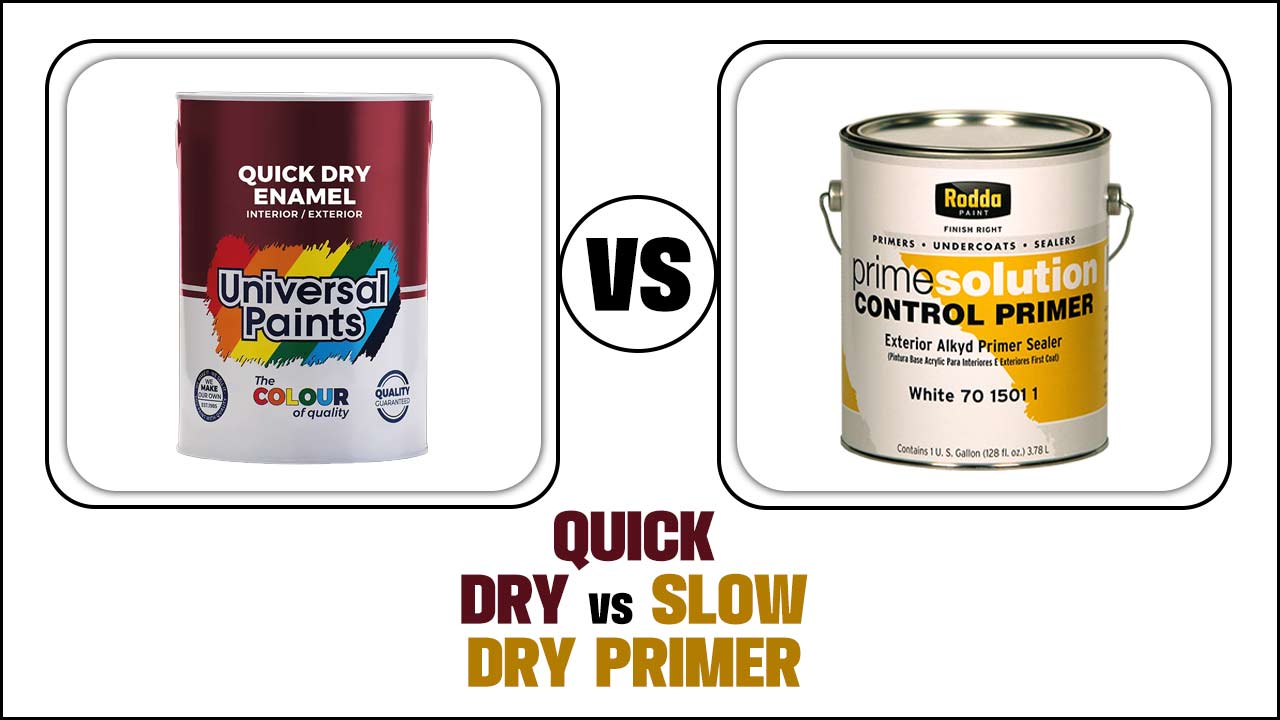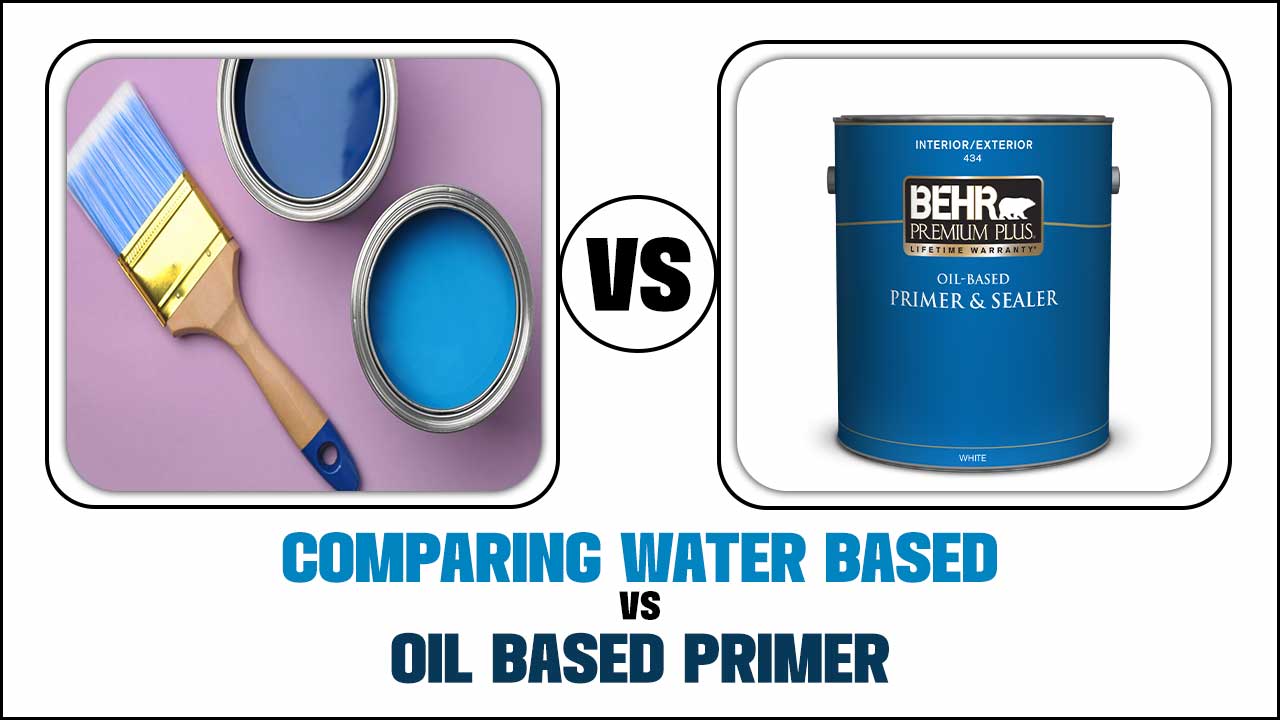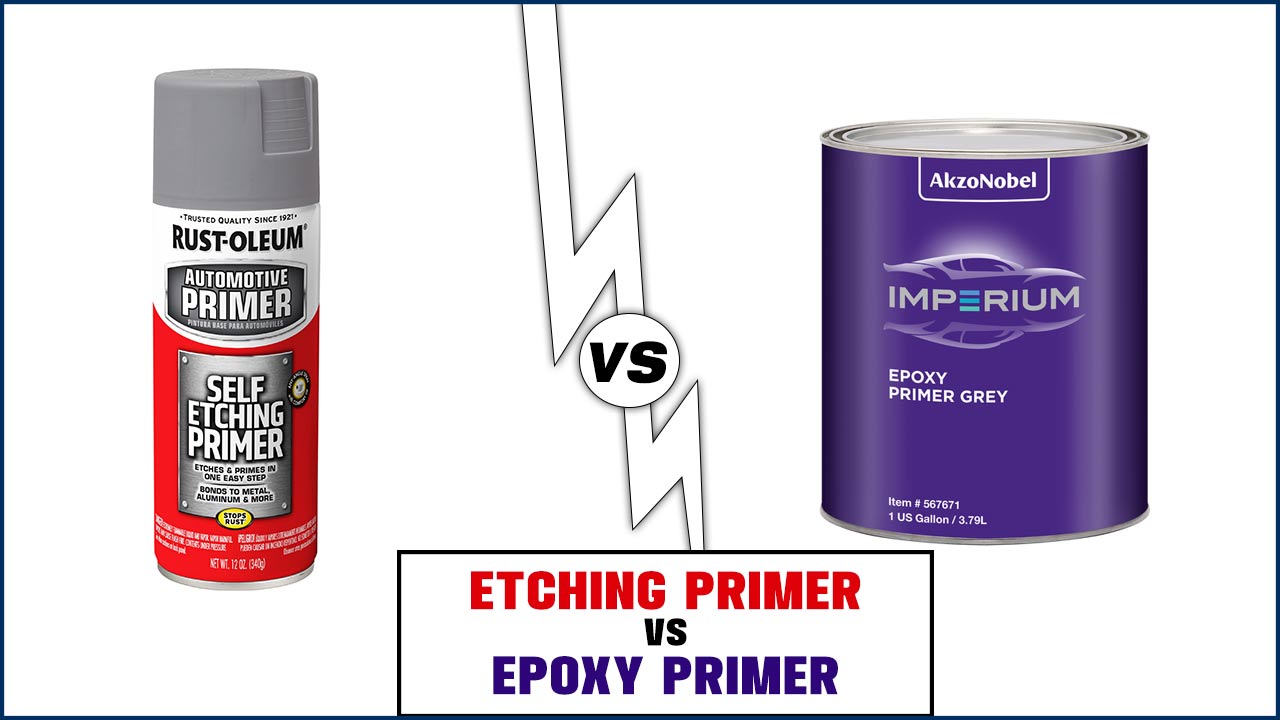High Adhesion Primer
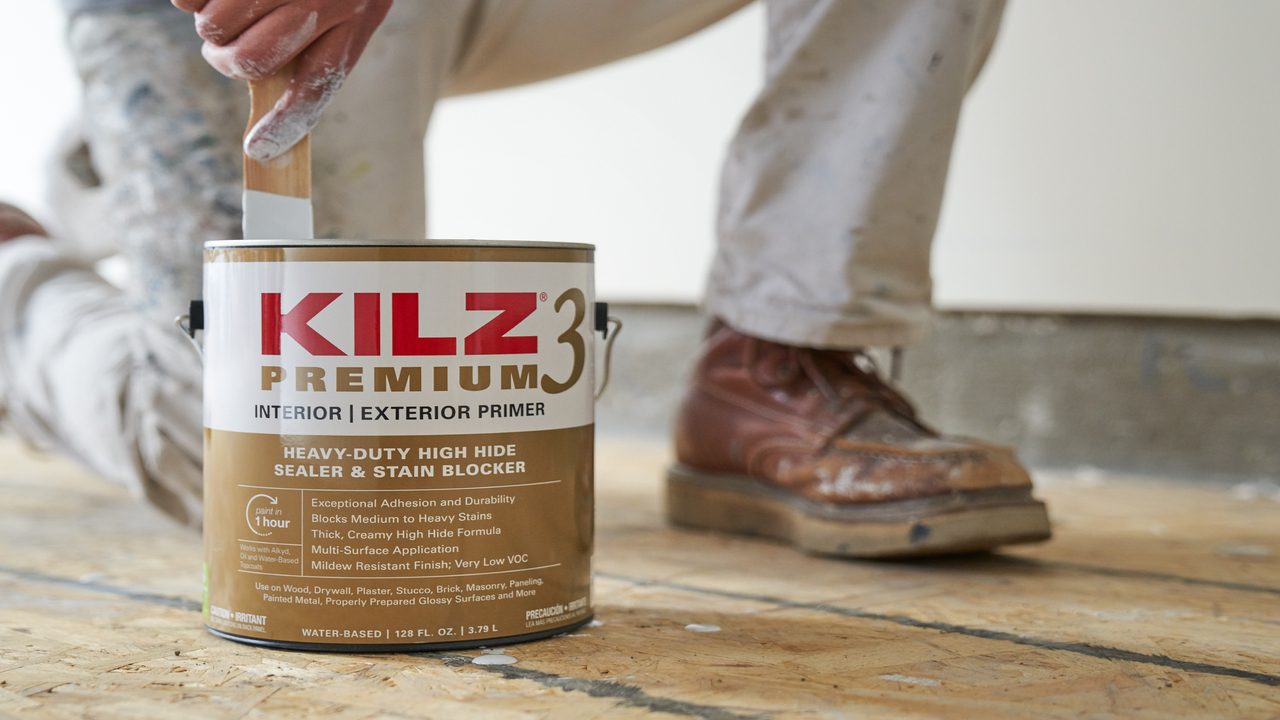
High adhesion primers work best when they are applied to surfaces that have been pre-cleaned and properly prepared. It is also important to ensure the primer is given enough time to cure before the topcoat is applied. High adhesion primer is ideal for a variety of surfaces and projects, and is a great choice if you want a coating that will last.
Definition
High adhesion primer and all-purpose primer are two types of primers used to prepare surfaces for painting. High adhesion primer is designed to stick to surfaces that are difficult to adhere to, such as metal, plastic, and glass.
All-purpose primer is a more general primer that can be used on any surface. It is not as strong as high adhesion primer and is not recommended for surfaces that are difficult to adhere to. Both primers help to provide a uniform surface for paint to adhere to, and both provide a barrier between the surface and the paint. High adhesion primer also helps to protect the surface from rust and corrosion.
Uses
High adhesion primer and all-purpose primer have different uses and purposes. High adhesion primer is typically used to adhere to surfaces that have a glossy texture such as tile or laminate. It also works well on surfaces that have been painted before, or have been damaged due to water, rust, or smoke.
All-purpose primer, on the other hand, is best suited for interior walls with a porous texture, as well as bare wood and metal. It is also used to cover stains, or to prime a surface before painting with a latex, oil-based, or enamel paint. In addition, all-purpose primer can be used to hide surface imperfections, such as cracks or holes. Both types of primer should be applied with a brush or roller for best results.
Benefits
High adhesion primer and all-purpose primer have different benefits. High adhesion primer is especially designed to adhere to surfaces that are difficult to paint, such as glossy surfaces, metals, and plastics. All-purpose primers are versatile and can be used on a variety of surfaces, such as wood, drywall, and aluminum siding.
High adhesion primer offers excellent adhesion and seals in volatile compounds, while all-purpose primer provides a good base coat for better coverage.
High adhesion primer also seals in tannin stains and knots, while all-purpose primers are best for blocking out water stains, smoke stains, grease, and other contaminants.
High adhesion primer typically needs more coats of paint to achieve the desired coverage, while all-purpose primer can often get away with fewer coats. High adhesion primer is ideal for projects that require a high degree of adhesion, while all-purpose primer is best for projects that don’t require a very strong bond.
Drawbacks
High adhesion primers and all-purpose primers both have their own benefits and drawbacks. High adhesion primers are renowned for their strong bond to difficult surfaces, but they are typically more expensive than all-purpose primers.
All-purpose primers are often more budget friendly, but they do not adhere to surfaces as well as their high adhesion counterparts. High adhesion primers can also be difficult to work with in some cases, as the strong bond can cause the primer to dry too quickly.
This makes it difficult to achieve a smooth finish. All-purpose primers on the other hand, can sometimes be too thin and require additional coats to build up the necessary layer. Ultimately, it is important to weigh the pros and cons of each option before making a decision.
Allpurpose Primer

High adhesion primer and all-purpose primer are two of the most commonly used primers for painting and finishing projects. While both have their advantages, there are distinct differences that should be taken into consideration when selecting the right primer for the job.
This article will explore the differences between high adhesion primer and all-purpose primer, and how to determine which one is best for your project. By understanding the characteristics and properties of each, you can make an informed decision and get the most out of your painting and finishing projects. An interesting read awaits; let’s dive in and explore the differences between high adhesion primer and all-purpose primer.

High Adhesion Vs. All-Purpose Primer: Which Is Best?
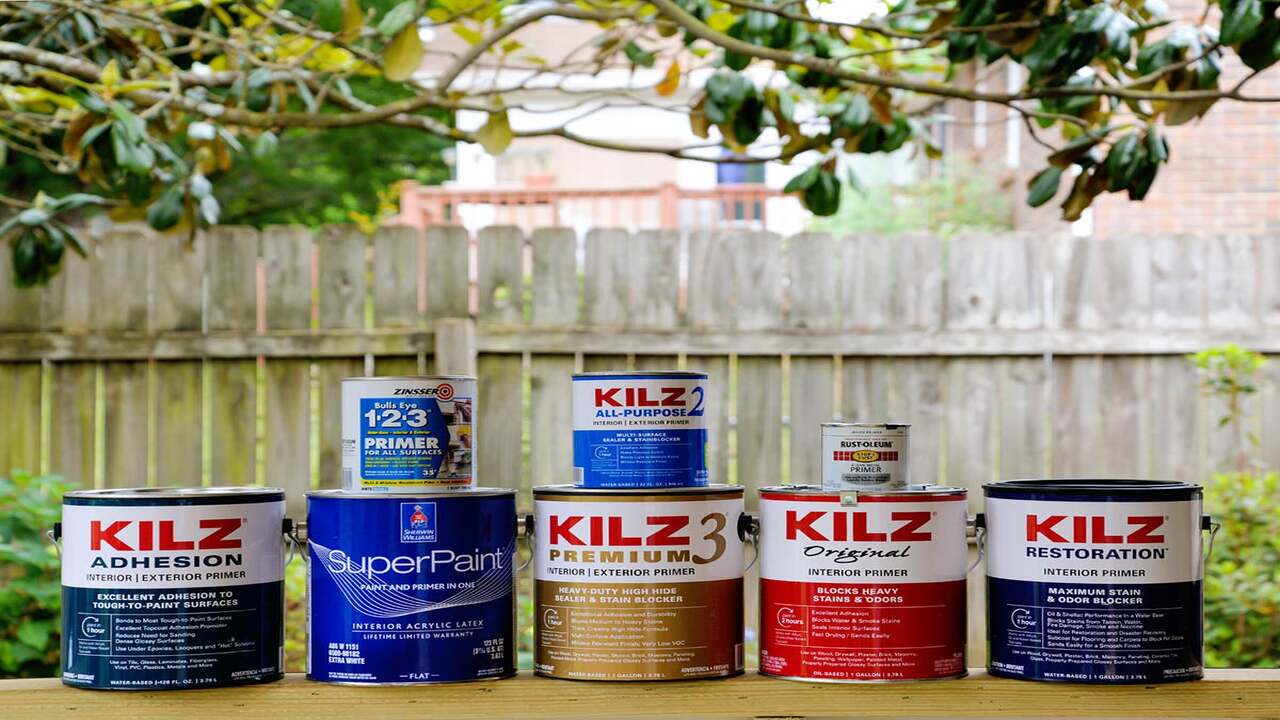
High Adhesion Primer

High adhesion primers work best when they are applied to surfaces that have been pre-cleaned and properly prepared. It is also important to ensure the primer is given enough time to cure before the topcoat is applied. High adhesion primer is ideal for a variety of surfaces and projects, and is a great choice if you want a coating that will last.
Definition
High adhesion primer and all-purpose primer are two types of primers used to prepare surfaces for painting. High adhesion primer is designed to stick to surfaces that are difficult to adhere to, such as metal, plastic, and glass.
All-purpose primer is a more general primer that can be used on any surface. It is not as strong as high adhesion primer and is not recommended for surfaces that are difficult to adhere to. Both primers help to provide a uniform surface for paint to adhere to, and both provide a barrier between the surface and the paint. High adhesion primer also helps to protect the surface from rust and corrosion.
Uses
High adhesion primer and all-purpose primer have different uses and purposes. High adhesion primer is typically used to adhere to surfaces that have a glossy texture such as tile or laminate. It also works well on surfaces that have been painted before, or have been damaged due to water, rust, or smoke.
All-purpose primer, on the other hand, is best suited for interior walls with a porous texture, as well as bare wood and metal. It is also used to cover stains, or to prime a surface before painting with a latex, oil-based, or enamel paint. In addition, all-purpose primer can be used to hide surface imperfections, such as cracks or holes. Both types of primer should be applied with a brush or roller for best results.
Benefits
High adhesion primer and all-purpose primer have different benefits. High adhesion primer is especially designed to adhere to surfaces that are difficult to paint, such as glossy surfaces, metals, and plastics. All-purpose primers are versatile and can be used on a variety of surfaces, such as wood, drywall, and aluminum siding.
High adhesion primer offers excellent adhesion and seals in volatile compounds, while all-purpose primer provides a good base coat for better coverage.
High adhesion primer also seals in tannin stains and knots, while all-purpose primers are best for blocking out water stains, smoke stains, grease, and other contaminants.
High adhesion primer typically needs more coats of paint to achieve the desired coverage, while all-purpose primer can often get away with fewer coats. High adhesion primer is ideal for projects that require a high degree of adhesion, while all-purpose primer is best for projects that don’t require a very strong bond.
Drawbacks
High adhesion primers and all-purpose primers both have their own benefits and drawbacks. High adhesion primers are renowned for their strong bond to difficult surfaces, but they are typically more expensive than all-purpose primers.
All-purpose primers are often more budget friendly, but they do not adhere to surfaces as well as their high adhesion counterparts. High adhesion primers can also be difficult to work with in some cases, as the strong bond can cause the primer to dry too quickly.
This makes it difficult to achieve a smooth finish. All-purpose primers on the other hand, can sometimes be too thin and require additional coats to build up the necessary layer. Ultimately, it is important to weigh the pros and cons of each option before making a decision.
Allpurpose Primer

They are available in oil-based, latex, and water-based versions, allowing you to select the best option for your project. Moreover, all-purpose primers are easy to apply with a brush, roller, or sprayer. They provide a uniform finish that helps paint adhere better and last longer.
Definition
Primers are an essential part of any paint job. Primers provide a surface for the paint to adhere to, as well as a layer of protection for the material underneath. High adhesion primer and all-purpose primer are two types of primer that are used in different scenarios. High adhesion primer is a type of primer that helps paint adhere to difficult surfaces like aluminum and plastic.
All-purpose primer is a general-purpose primer that can be used on a variety of surfaces, including drywall and wood. Both types of primer come in a variety of finishes, such as latex, oil-based, and epoxy. Primers should always be applied before painting in order to ensure the best results.
Uses
High adhesion primers and all-purpose primers both have their distinct uses. All-purpose primers can be used as a base coat for any type of surface, including wood, metal, plastic, and masonry. They are suitable for use both indoors and outdoors, and can be used to protect surfaces from the elements, while providing a good surface for paint adhesion.
On the other hand, high adhesion primers are designed specifically for surfaces that are difficult to paint, such as glossy surfaces. High adhesion primers are also designed to provide better adhesion and longer lasting protection for surfaces.
They can also be used to prime surfaces with rust or smoke damage, making them ideal for painting in areas affected by fire or water damage. Both primers are important tools for any painter, as they help to protect surfaces and ensure a good finish.
Benefits
When choosing the right primer for a project, there are many factors to consider. Two of the most popular types of primer are high adhesion primer and all-purpose primer, both of which have their own advantages.
High adhesion primer, also known as bonding primer, provides a strong bond between the surface and the paint, resulting in a superior finish. This type of primer is ideal for use on glossy surfaces, such as tiles, laminate, and melamine.
All-purpose primer, on the other hand, is designed to adhere to a variety of surfaces, including drywall, wood, and metal. It also works well on porous surfaces, such as concrete and brick. All-purpose primer is also a great choice for prepping walls before painting. Both types of primer offer superior adhesion and durability, allowing your finished project to last for years to come.
Drawbacks
When comparing high adhesion primer vs all-purpose primer, it is important to consider the drawbacks of each. High adhesion primer is often more expensive than all-purpose primer, and it is more difficult to apply. The primer has a thick and sticky texture that can be difficult to spread evenly.
It can also take a long time for high adhesion primer to dry. Furthermore, it is often difficult to remove from surfaces without causing damage. All-purpose primer is not as expensive as high adhesion primer, but it does not adhere as well to surfaces. All-purpose primer can also be difficult to apply and it may take longer to dry. Additionally, it may require additional coats to achieve the desired adhesion.
Conclusion
High adhesion primer and all-purpose primer are both great products for preparing surfaces for painting. High adhesion primer is ideal for surfaces that are difficult to paint, such as metals, plastics, and glossy surfaces. All-purpose primer is suitable for a wide variety of surfaces, and is often used for interior walls and trim.
Both products can help ensure a longer-lasting paint job, but high adhesion primer is the best choice for surfaces that require extra grip.
FAQ’s
1.What Are The Benefits Of Using A High Adhesion Primer?
Ans: Using a high adhesion primer can provide numerous benefits. It helps the paint adhere to the surface better and prevents peeling and cracking. It can also protect the surface from moisture, rust, and other damage. High adhesion primer can also be used to improve the look of the topcoat, as it can help the paint to look smoother and last longer.
2.How Does A High Adhesion Primer Differ From An All-Purpose Primer?
Ans: A high adhesion primer differs from an all-purpose primer in that it is specifically designed to promote better adhesion between the surface being painted and the paint itself. It is designed to adhere to difficult surfaces, such as glossy surfaces or surfaces exposed to moisture, better than an all-purpose primer.
It does this by providing a strong bond between the surface and the paint, which helps the paint last longer and look better. High adhesion primers are typically more expensive than all-purpose primers, but they are worth the extra cost for difficult surfaces.
3.What Types Of Surfaces Are Best Suited For A High Adhesion Primer?
Ans: The best types of surfaces for a high adhesion primer are those with a smooth, even texture, such as metal, wood, drywall, and masonry. Primers are designed to adhere to the surface and provide an even base for paint or other finishes to adhere to.
It is best to avoid porous, uneven, or otherwise damaged surfaces as they may not bond properly and cause the paint to peel. Additionally, surfaces should be cleaned and sanded before applying the primer for optimal adhesion.
4.Is A High Adhesion Primer More Expensive Than An All-Purpose Primer?
Ans: Yes, a high adhesion primer is usually more expensive than an all-purpose primer. This is because a high adhesion primer is designed for more difficult surfaces, such as glossy surfaces, and requires more specialized materials and processes, which can increase the cost.
All-purpose primers are formulated to provide better adhesion than paint alone, but are not as effective as high adhesion primers. Therefore, high adhesion primers are typically more expensive than all-purpose primers.
5.Are There Any Special Application Techniques For High Adhesion Primer?
Ans: Yes, there are special application techniques for high adhesion primer. It is important to ensure that the surface is clean and dry before applying the primer. The primer should be applied in several thin coats, allowing each coat to dry and cure before applying the next one. Finally, it is important to apply the primer according to the manufacturer’s instructions in order to ensure optimal adhesion.


